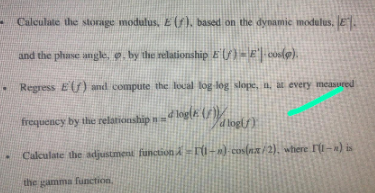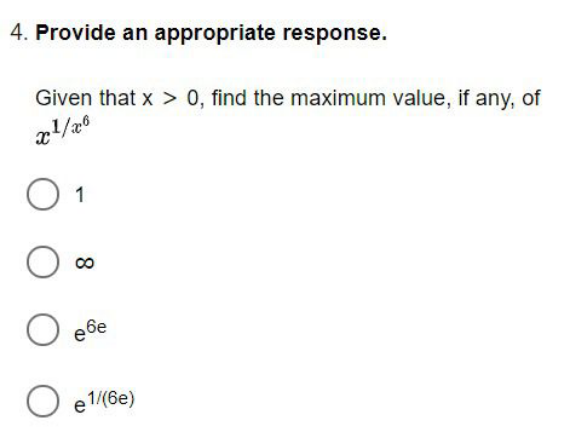
AllQuestion and Answers: Page 995
Question Number 120322 Answers: 1 Comments: 3

Question Number 120323 Answers: 0 Comments: 0

Question Number 120316 Answers: 1 Comments: 0
Question Number 120312 Answers: 1 Comments: 0
Question Number 120526 Answers: 0 Comments: 1

Question Number 120301 Answers: 1 Comments: 3
Question Number 120300 Answers: 0 Comments: 1
Question Number 120297 Answers: 3 Comments: 0
Question Number 120295 Answers: 1 Comments: 1

Question Number 120288 Answers: 1 Comments: 1
Question Number 120285 Answers: 0 Comments: 0
Question Number 120284 Answers: 1 Comments: 1

Question Number 120283 Answers: 0 Comments: 0
Question Number 120275 Answers: 1 Comments: 0
Question Number 120274 Answers: 0 Comments: 0

Question Number 120272 Answers: 0 Comments: 0
Question Number 120268 Answers: 3 Comments: 0

Question Number 120258 Answers: 1 Comments: 0

Question Number 120257 Answers: 2 Comments: 1
$$\:\int\:\frac{{f}\:'\left({x}\right)}{{f}\left({x}\right)}\:=? \\ $$
Question Number 120254 Answers: 4 Comments: 0
$$\:\int\:\frac{{dx}}{\mathrm{1}+\mathrm{cos}\theta.\mathrm{cos}\:{x}\:}\:? \\ $$
Question Number 120244 Answers: 3 Comments: 2
Question Number 120243 Answers: 1 Comments: 0

Question Number 120240 Answers: 1 Comments: 0
Question Number 120241 Answers: 0 Comments: 0
Question Number 120238 Answers: 0 Comments: 0

Question Number 120233 Answers: 0 Comments: 0
Pg 990 Pg 991 Pg 992 Pg 993 Pg 994 Pg 995 Pg 996 Pg 997 Pg 998 Pg 999
